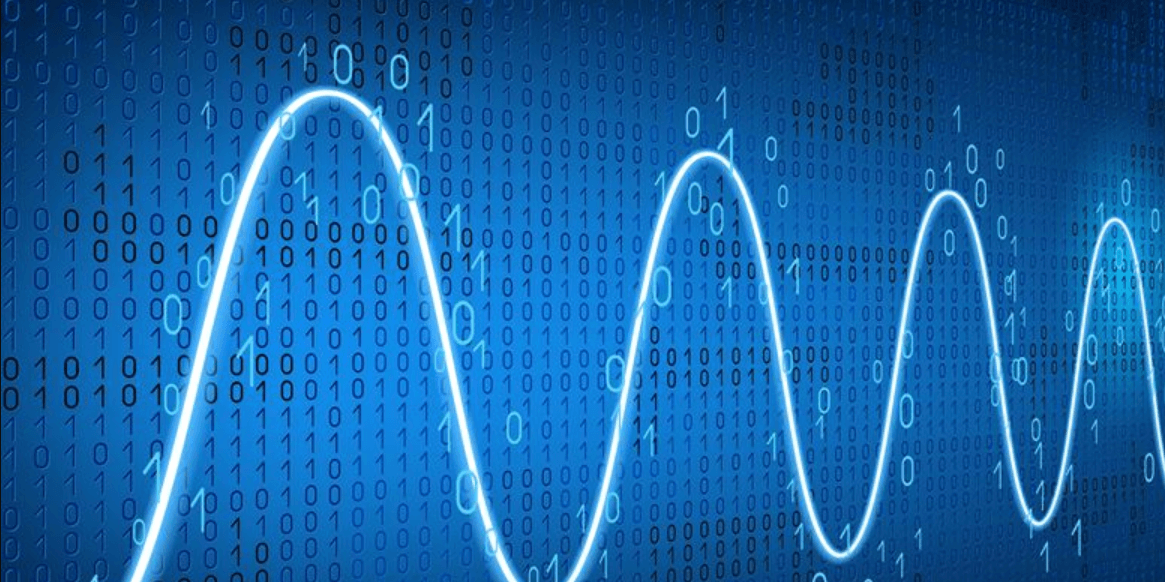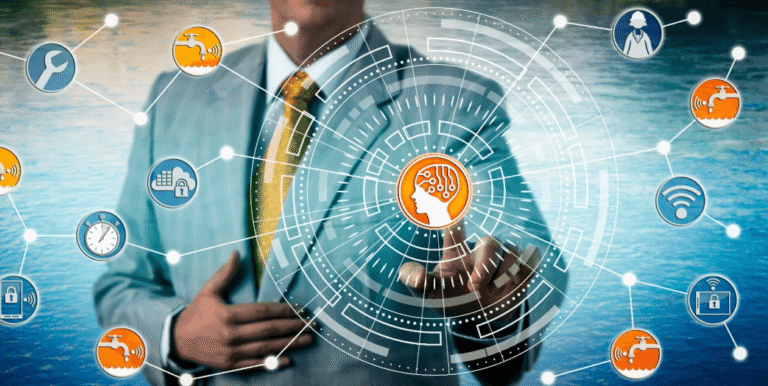Deep Learning for Signal Processing & Sensors

Deep learning has emerged as a transformative force in signal processing and sensor technology. Its ability to analyze complex datasets has led to significant advancements in various applications, from image enhancement to anomaly detection. By employing advanced algorithms and sensor fusion techniques, operational efficiency and accuracy in decision-making are markedly improved. However, as the field evolves, new challenges and opportunities arise. Understanding these dynamics is crucial for anticipating the next phase of technological development.
Applications of Deep Learning in Signal Processing
As deep learning techniques continue to evolve, their integration into signal processing applications has become increasingly prevalent.
Key applications include image recognition, which enhances visual data interpretation; audio enhancement, improving sound quality; and anomaly detection, vital for identifying irregular patterns in data streams.
These advancements facilitate real-time processing, enabling systems to respond instantaneously, thereby fostering an environment of freedom in technological innovation and application.
See also: Data Sovereignty: Where Should Your Data Live?
Innovative Techniques in Sensor Data Analysis
The integration of deep learning methodologies in sensor data analysis has opened new avenues for extracting insights from complex datasets.
Innovative techniques such as sensor fusion enhance the accuracy of data interpretation by combining inputs from multiple sources.
Additionally, advanced anomaly detection algorithms facilitate the identification of irregular patterns, enabling timely interventions.
This synergy of technologies empowers systems to operate with greater autonomy and precision.
Future Trends and Challenges in Deep Learning for Sensors
While the adoption of deep learning in sensor applications continues to evolve, several future trends and challenges are emerging that could significantly impact the field.
Notably, advancements in real-time processing and sensor fusion are critical for enhancing data accuracy and responsiveness.
However, issues such as computational resource limitations and integration complexities must be addressed to fully leverage these technologies in practical applications.
Conclusion
In conclusion, deep learning stands at the intersection of innovation and complexity in signal processing and sensor technology. While it enhances accuracy and operational efficiency, the challenges of model efficiency and integration with IoT devices persist. This juxtaposition of remarkable advancements against inherent obstacles underscores the dual nature of progress. As industries navigate this landscape, the balance between harnessing potential and addressing limitations will ultimately define the trajectory of deep learning’s influence on technological evolution.




